Acinipo is a Roman town built specifically for legionnaires serving in the Roman army in 45 BC. It is near Ronda in Málaga province, Andalucia, Spain.
By Nick Nutter | Updated 16 Sep 2022 | Málaga | Places To Go |
Login to add to YOUR Favourites or Read Later
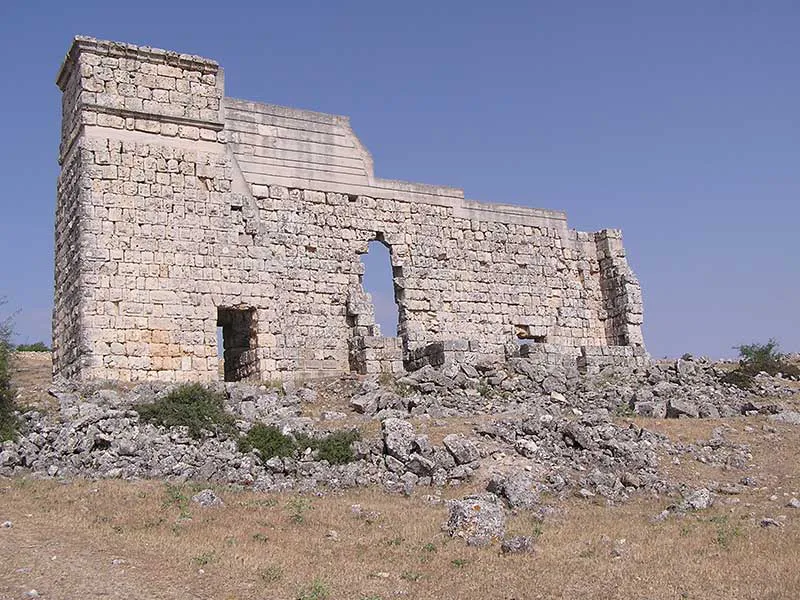
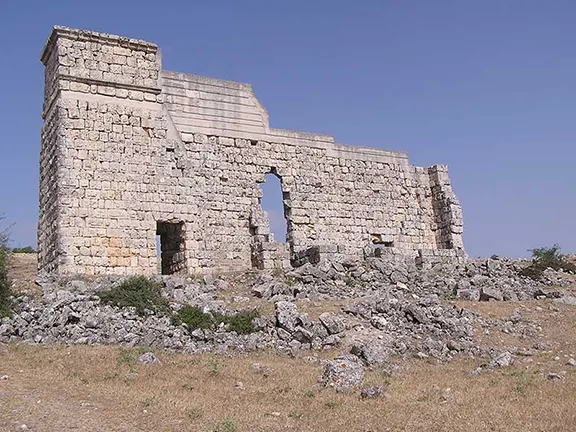
The Roman theatre at Acinipo
It is the site is billed as one of the best-preserved Roman theatres in Spain but, unlike the tourist hot spot of Ronda, just 20 kilometres away, Acinipo is deserted. You are very likely to be the only visitor. The lone custodian of the site will be happy to greet you to break the monotony of his day. The site is free to enter and there are no restrictions on where you explore.
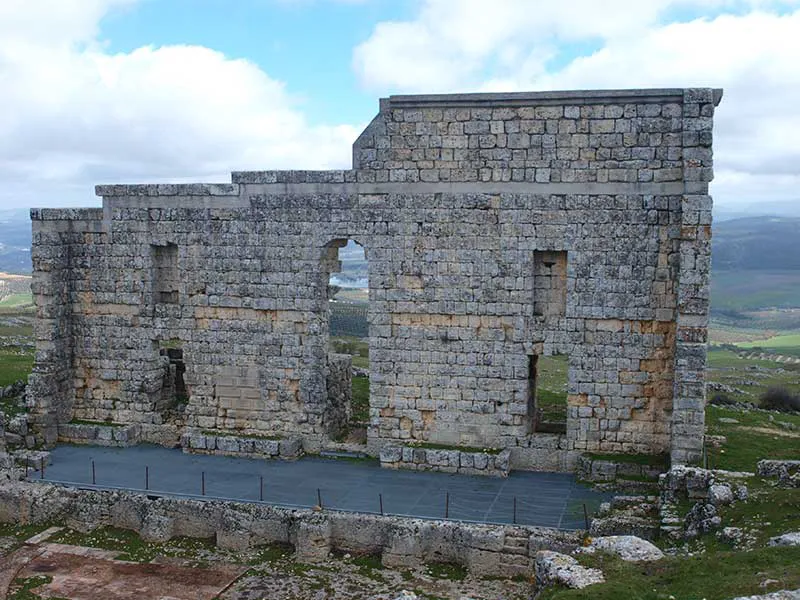
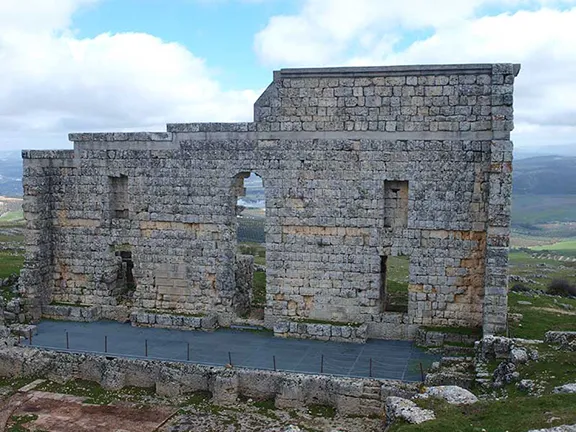
View from the theatre
Before we get on to the Romans though, we must go further back to the Neolithic period. The first farmers established a settlement on a ridge, nearly 1000 metres above sea level overlooking one of the most fertile areas to be found in the Ronda depression. It was a favoured and strategic position, so, as the Neolithic gave way to the Copper Age that then merged with the Bronze, the settlement grew. The round stone foundations of the later huts, that date back to the 2nd millennium BC, can still be seen at Acinipo together with the outline of the porches. The site has provided invaluable information about this period, much of it graphically displayed at the History Museum housed in the Mondragon Palace in Ronda.
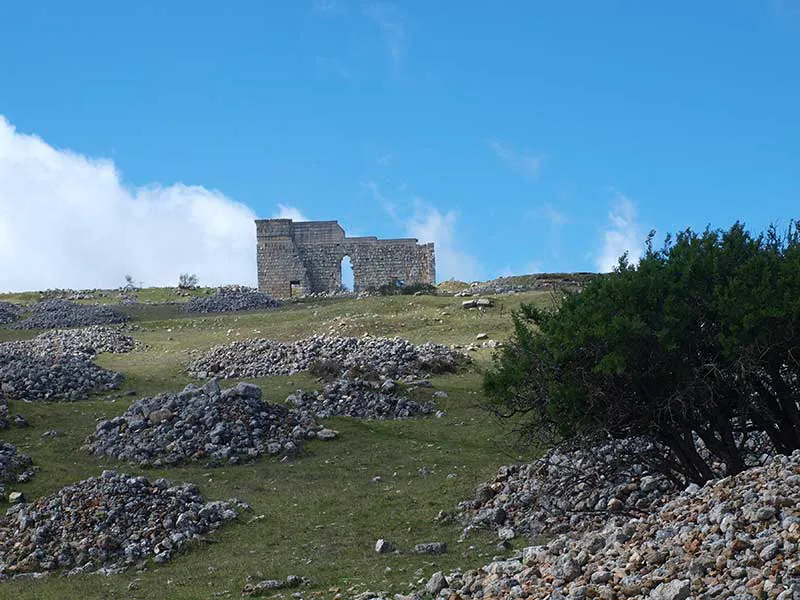
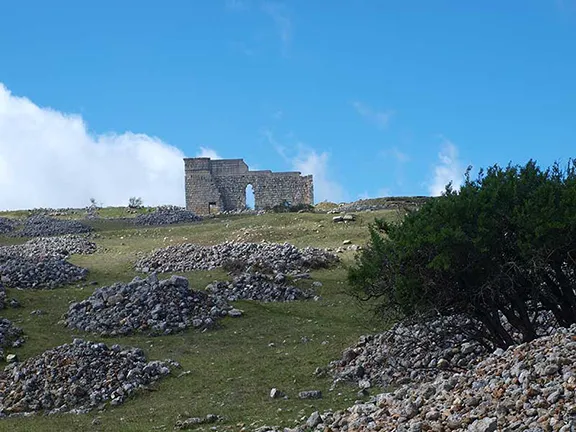
Reduced to rubble
There seems to be no evidence of metalworking. The inhabitants concentrated on agriculture and animal husbandry. They made their own tools and fired their own pots. Even after the Phoenicians arrived on the coast, there is little evidence of them influencing the architecture, possessions or grave goods of this outpost of the, by this period, Tartessian tribe. Following the disappearance of the Tartessians, about 400 BC, the settlement continued to be occupied by a tribe from further east, the Iberians, and so it was when the Romans arrived.
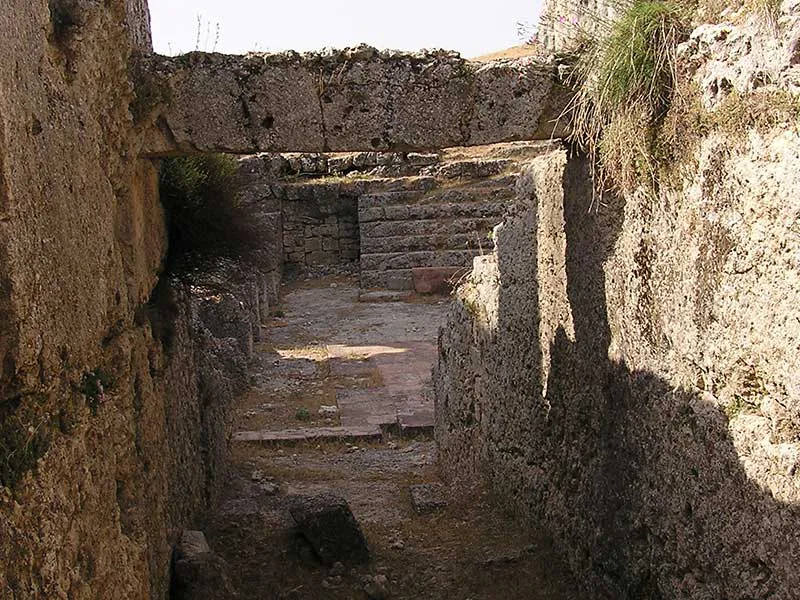
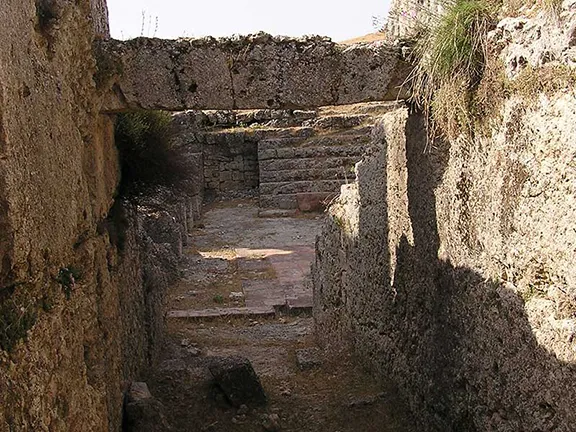
Backstage
The Romans knew a good site when they saw one. Not only did Acinipo command a wide view of the surrounding landscape, it was also at a strategic crossroads between the easiest routes northwest to Seville, northeast to Córdoba and the coast due west at Cádiz, Marbella to the south and Málaga to the east. They also built a fortified town a day’s march away, at Ronda, that they called Arunda. It was here that the military was based to keep them out of the civilian towns. It is said that Acinipo was colonised and developed specifically for the legionnaires that had fought for Julius Caesar at the Battle of Munda in 45 BC.
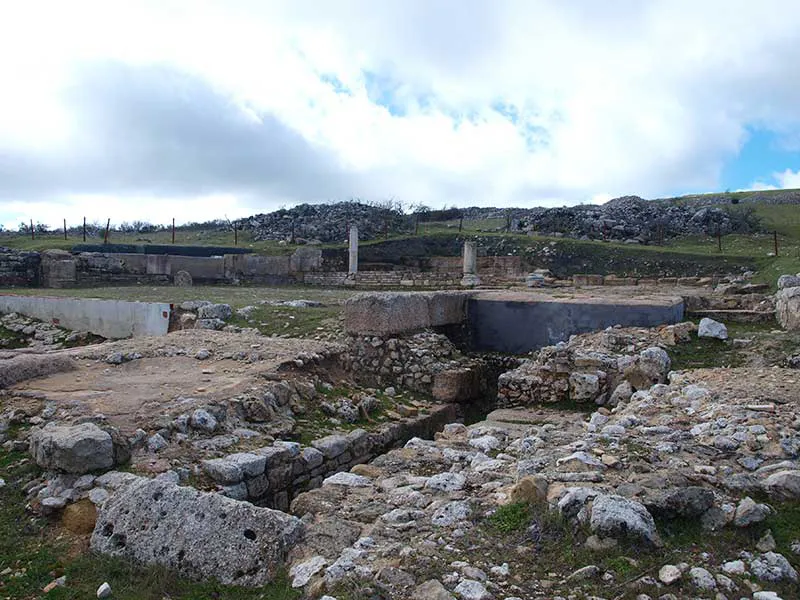
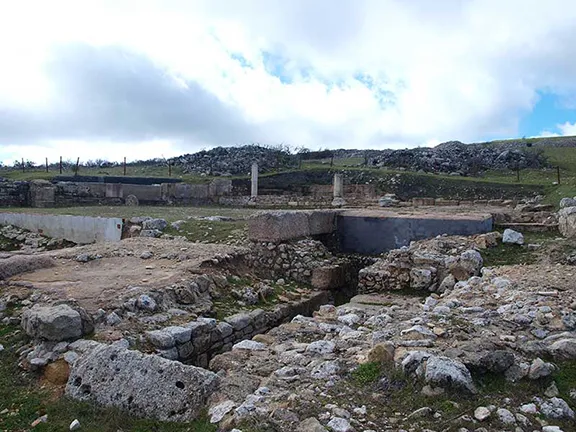
The forum area
Acinipo soon became an important and wealthy town, with temples and a forum and housing for up to 5,000 inhabitants. It even had its own mint and received a mention in ancient texts by Pliny. The coins produced by the mint bore an emblem, bunches of grapes, which tells you something of the nature of the exports. In fact, wine production is still an important part of the area’s industry. You do need a good imagination to envisage the layout since there has been no restoration of the town itself and it has been reduced to rubble over the centuries. The piles of stones indicate where the individual buildings were.
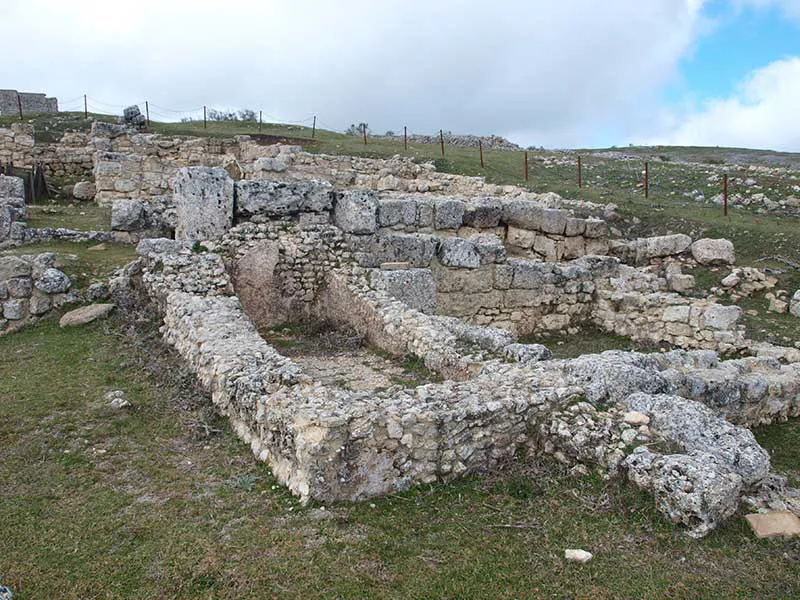
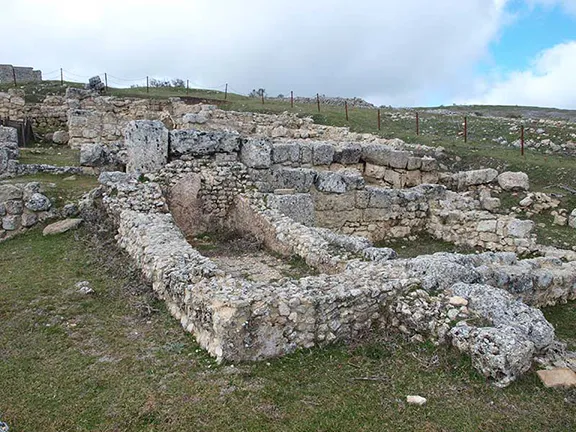
The baths area
In the 1st century AD the crowning feature of the site, the theatre, was constructed. It could seat 2000 people. Only a minor restoration to the outer façade and a metal stage, the theatre is still used, impinge on the Roman original. It is even possible to see the changing rooms behind the stage.
The Romans left Acinipo in the 5th century AD, leaving a native population behind that had little in the way of defences against the Vandals and Visigoths who swept through the country. The residents of Acinipo moved to the fortress of Aruba for protection. In fact, nothing much happened at the site after the Romans departed, apart from some of the crafted stone disappearing to be reused in other constructions. The farmhouse currently on the site looks suspiciously well built.
Although Acinipo is quite bare compared to other archaeological sites you are looking at a largely unexcavated, unexploited site. The highlights are the theatre, the forum and the strategic view.